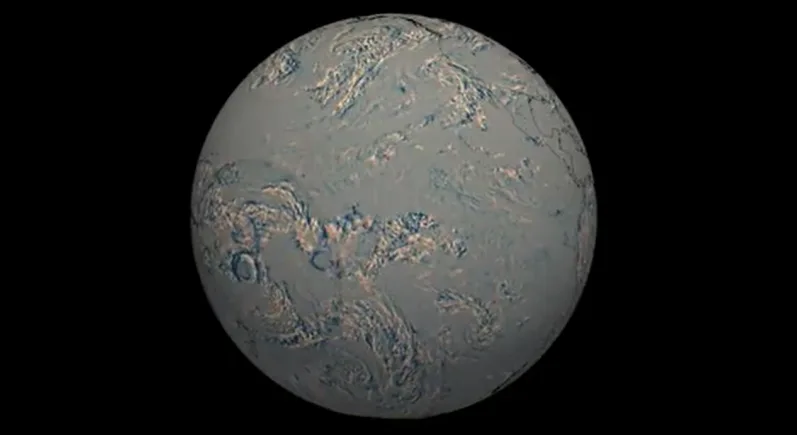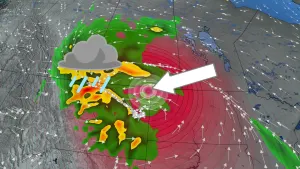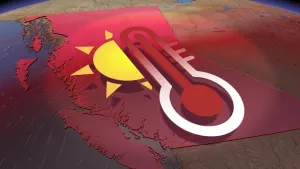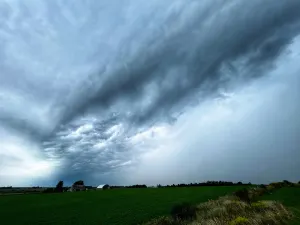
Tonga volcanic eruption released more energy than most powerful nuclear bomb
Citizen science may be a way to understand future volcanic tsunami events.
A tsunami-triggering underwater volcano eruption in Tonga in January 2022 released more energy than the most powerful nuclear bomb ever detonated, according to a new study.
Analysis of information from weather stations, paired with social media reports, was held up against historical data to form the conclusion.
This isn't the first paper to look into the powerful January 15th eruption: a June study out of the University of Oxford determined the event generated acoustic-gravity waves that reached the edge of space and were detected by satellites, and an October paper found the initial tsunami was nine times taller than any other tsunami in recent history at a height of 90 metres.
"Weather stations all over the world, including sites in London, Fife, and the atmospheric pressure suddenly increased with a pressure pulse, followed by a negative phase, before returning to ambient conditions that typically lasted for around 45 minutes - in comparison, earthquakes typically last for a few seconds to only a few minutes," Sean Barton, corporate communications representative for the University of Sheffield writes.
"Weather enthusiasts in every continent began sharing screenshots of their measurements on social media, including location, local time of arrival of the Lamb wave, and pressure data, which were a valuable source of scientific information to help researchers determine the size of the volcanic eruption."
RELATED: Volcano photos reveal possible trigger of powerful eruption
Dr. Sam Rigby, a Senior Lecturer in Blast and Impact Engineering at the University of Sheffield and co-author of the most recent study, said the event, called the Hunga Tonga-Hunga Ha'apai eruption, was equivalent to 61 mt of TNT, whereas the Tsar Bomba, a powerful nuclear bomb dropped as a test by the Soviet Union north of the arctic circle in October 1961, was equivalent to 50 to 58 mt of TNT.
Catastrophic event
Five people died during the Tonga tsunami. Communications were severed, buildings were leveled, and the port in Tonga's capital Nuku'alofa sustained significant damages.
In a statement, Sheffield study co-author and theoretical physicist Jorge Diaz says empowering citizen scientists may be a way to gain insight into future volcanic tsunami events.
“On January 15 nature made us feel small triggering a large-scale event with tragic consequences. This study shows that this powerful eruption also generated a spontaneous and global science project, bringing together enthusiasts and professionals openly sharing their valuable measurements from all corners of the planet for characterizing the properties of this event," Diaz says.
“This study highlights the potential of "citizen science" data for providing key scientific insights on the explosive power of volcanic eruptions.”










